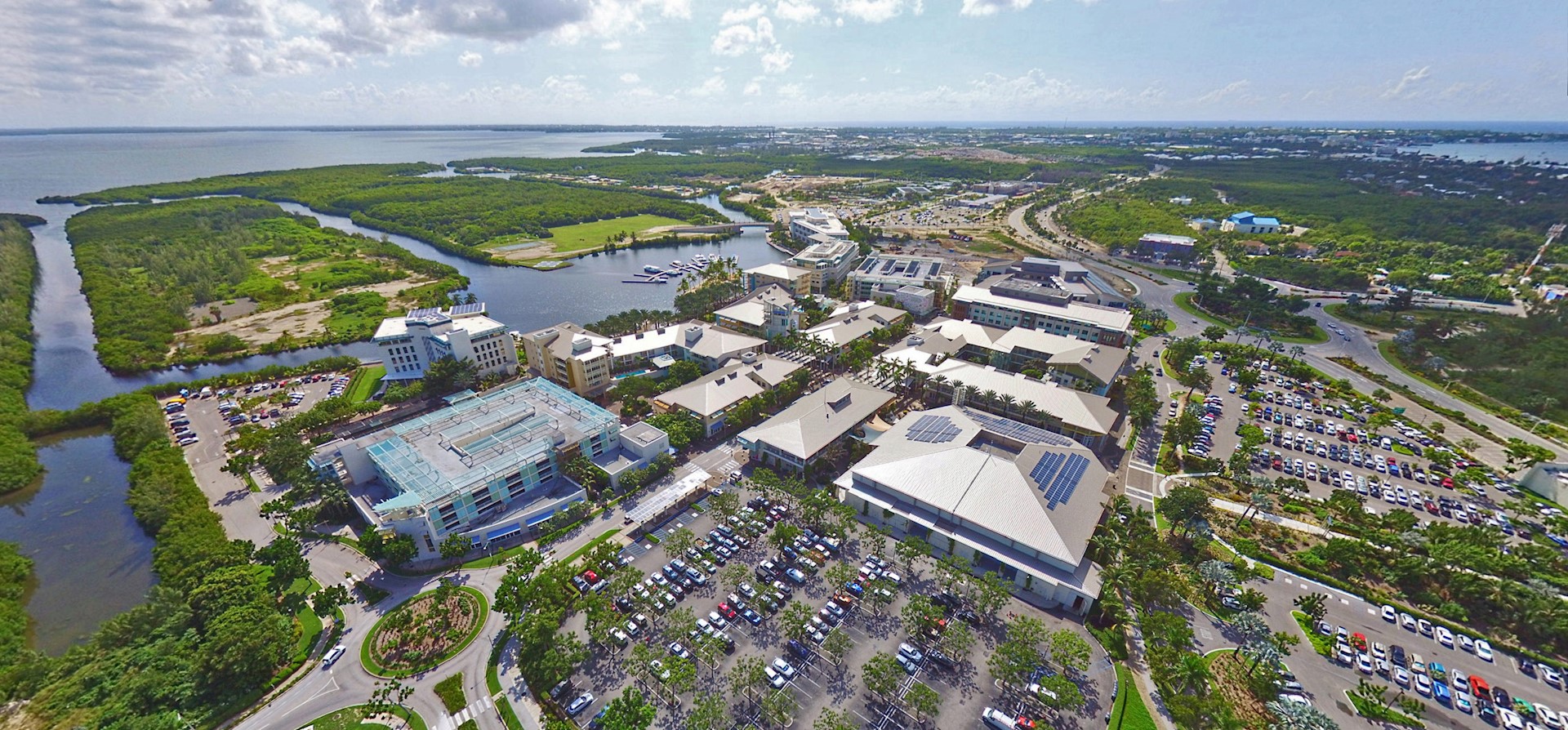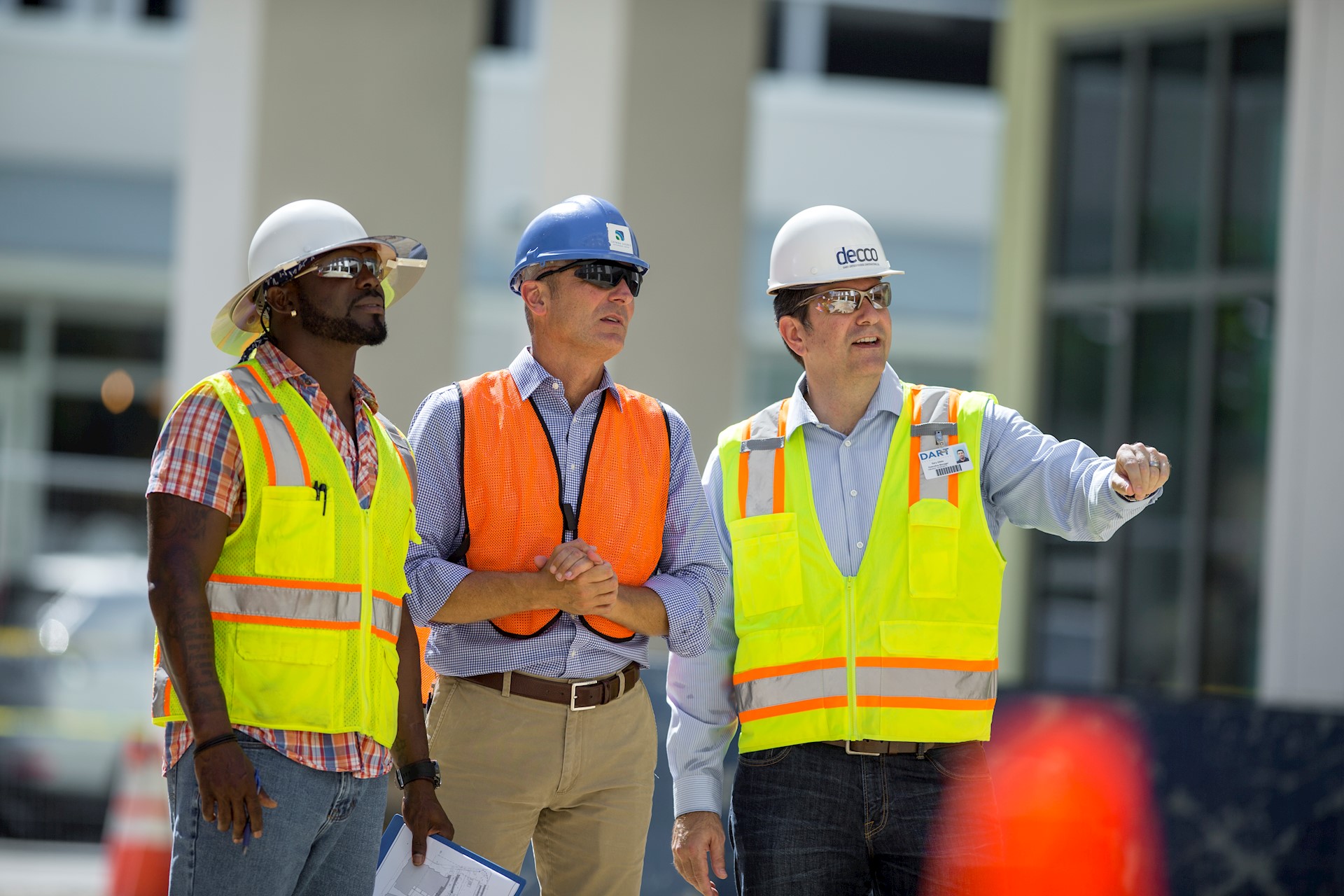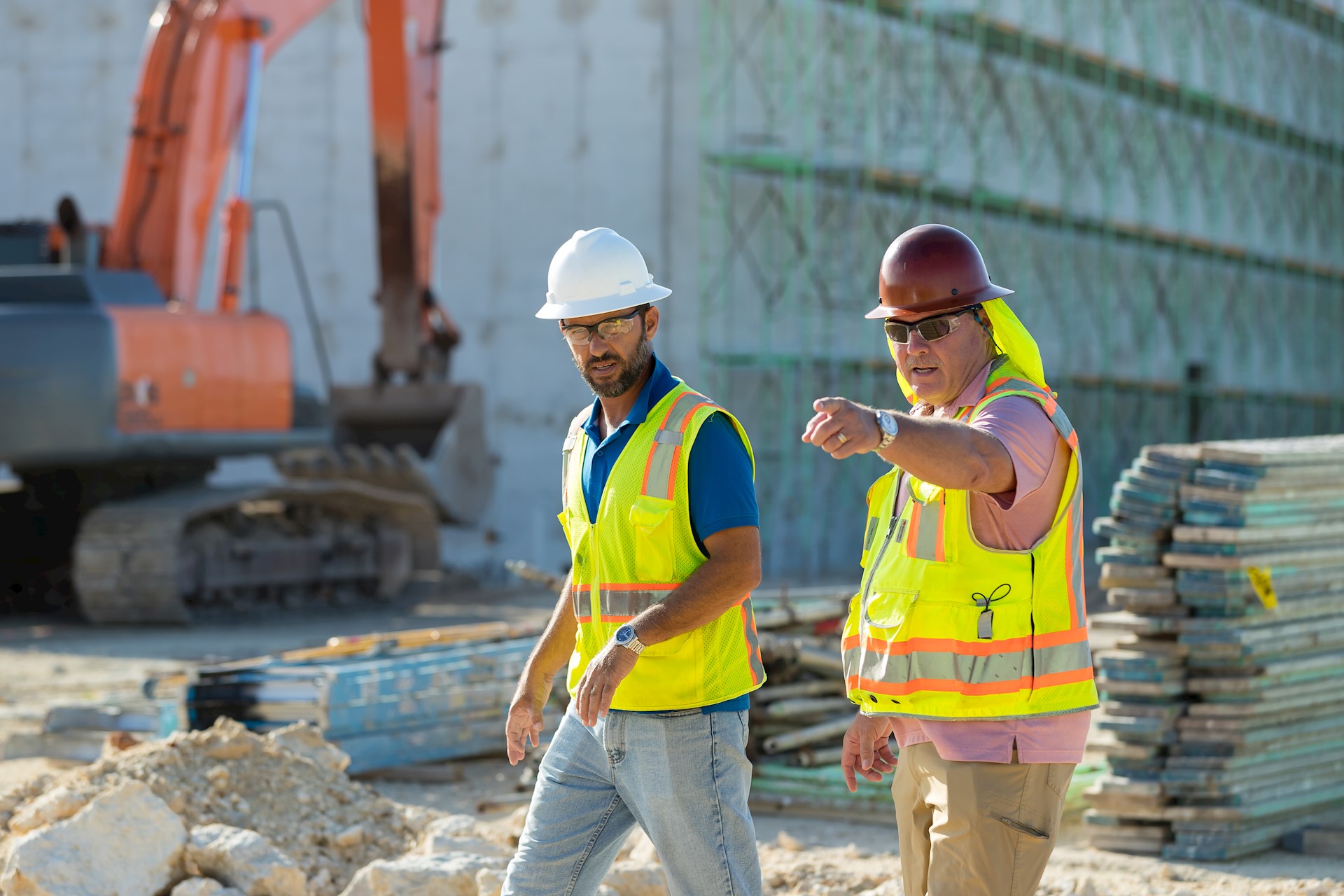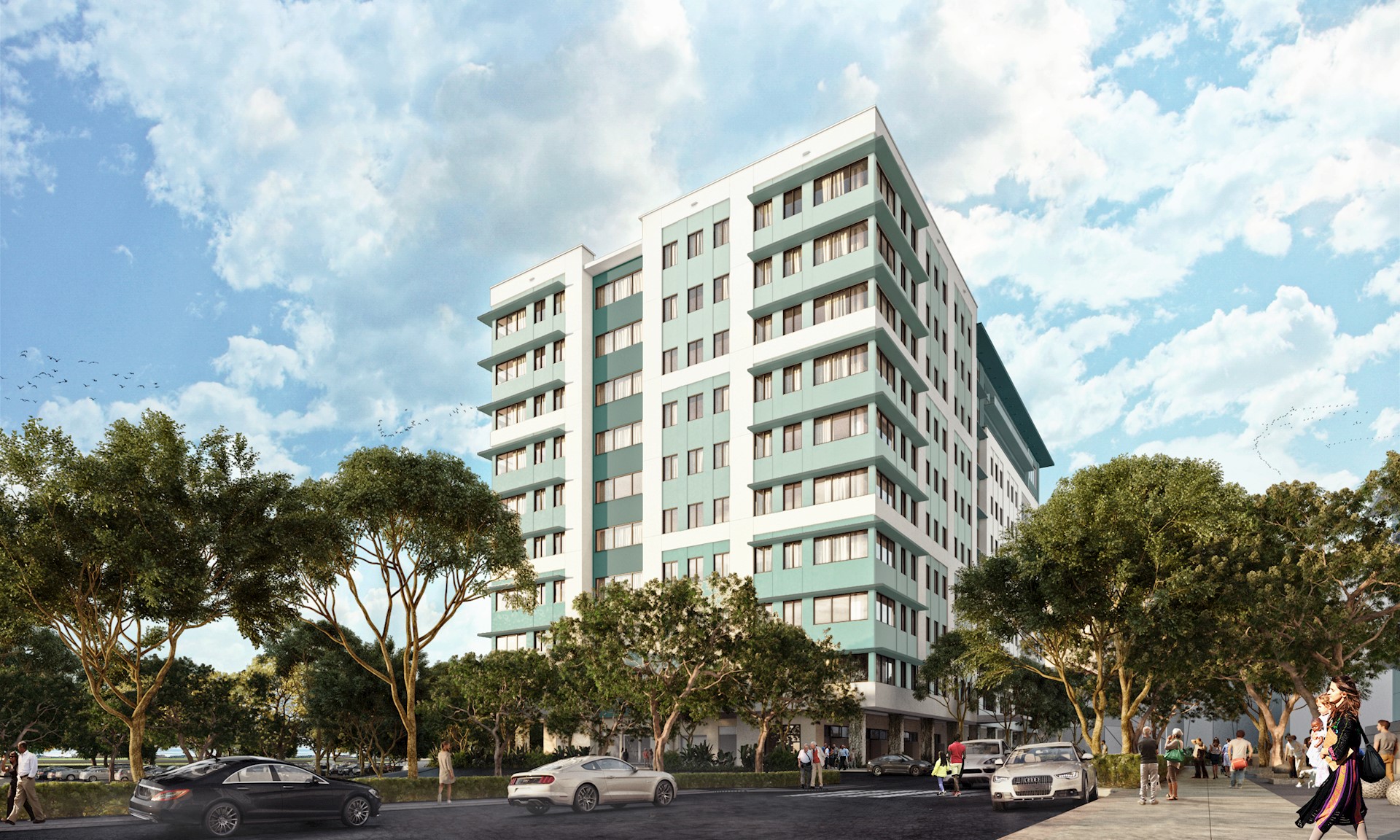
Increased attention to weather and geological events is driving resilient construction in the Western Hemisphere, and industry experts agree the Cayman Islands is a leader when it comes to quality construction.
Based on Grand Cayman, Dart prides itself on setting the bar in real estate development and construction management in the Caribbean region. The development company’s leaders say it has positioned itself to deliver projects that fulfil the vision, “to create exceptional opportunities, places and experiences that enrich lives now and for future generations,” through construction that enhances communities and drives sustainable growth.
The design and construction of delivered buildings must meet local, regional and international standards and requirements at any point in time.
“We are committed to continuous improvement and learning," said Dart President Development Delivery & Infrastructure Cameron Graham. "We have molded our delivery framework over the last 15 years to infuse quality assurance and control measures into every aspect of our building design, construction and maintenance processes."
On 28 January, the Cayman Islands experienced a 7.7 magnitude earthquake. Fortunately, there was no loss of life or injuries reported as a result of the seismic activity, and buildings across the three islands suffered only minimal damage. Dart team members conducted assessments of its buildings following the quake and Gary Gibbs, senior vice president design & construction, said they were pleased with how well its delivered projects fared.

“We have a team of experienced and highly qualified professionals in-house, who manage the overall design, construction and maintenance of our buildings and infrastructure to ensure they meet and maintain regulatory and internal quality standards,” Gibbs said. “Additionally, when design, engineering, construction and maintenance services are outsourced, we only partner with reputable, suitably qualified and experienced specialists in our industry.”
All Dart-constructed projects adhere to the Cayman Islands Building Code, which is based on the International Code Council's published building codes that promote safety and fire prevention. All plans are inspected by the Cayman Islands Government's planning and building control departments to ensure they comply with building, mechanical, electrical, plumbing, fuel storage, storm water, environmental health and fire safety code requirements. This is the same base code as is used in most of the United States, including the state of Florida. Mandatory inspections are conducted on-site by relevant agencies as work progresses.
As the Cayman Islands is subject to the occasional hurricanes or earthquakes, provisions are included to address local high-wind and seismic conditions. Dart’s structures are designed to the relevant international codes and the American Society of Civil Engineers standards, Gibbs said.
“For example, the American Society of Civil Engineers' standards require that a typical building be designed for wind speeds of 186 mph. This is in fact higher than wind speed standards for Miami, Florida. Also, we incorporate necessary provisions to brace for seismic activity as required by code. Our flagship project, Camana Bay, is a testament to quality construction, as the buildings there are designed to meet and, in many cases, exceed stringent codes."

From the outset of a project, Dart commissions numerous third party, due diligence investigations to verify field conditions in order to guide the overall building engineering development effort. This ensures that the engineering design is produced to meet the specific requirements of the site.
State-of-the-art Building Information Modeling technology is also leveraged to administer the overall design process, ensuring efforts progress with the desired quality. This technology also facilitates virtual Quality Assurance/Quality Control reviews of the design, prior to construction.
“There is also a dedicated team, with oversight for building code compliance and construction execution management," said Gibbs. "That team has implemented robust procedures for safeguarding against defects, deficiencies or deviations from the construction documents, both prior to and after construction."
To ensure the components used in its developments like Camana Bay meet strict compliance requirements, Dart requires tested or evaluated products in all of its projects. These include standards like International Code Council Evaluation Reports, Florida High Velocity Hurricane Zones and Miami-Dade Notices of Acceptance, which are the most well-known and frequently used locally.
The quality control standards extend to all aspects of the building process.
“Our design and construction teams review product submittals to ensure they are adequate for the intended use," said Gibbs. "Our buildings are built to high standards so they will be safe and occupiable after a hurricane or earthquake. This allows business to be up and running immediately after an event."
The ability to ensure that tenants and homeowners are satisfied they are receiving value for money is critical for Dart President Real Estate Asset Management Justin Howe.
“Our development team has set the benchmark for safety, functionality and quality in the Cayman Islands," said Howe. "It gives peace of mind to those who buy one of our properties or lease commercial space from us, assuring them they are investing in a quality product where they don’t have to spend unnecessary worry on how it will hold up in the face of a natural or man-made hazard."
Even after project completion, the work is not finished.
“We are also committed to renovating our existing facilities and upgrading our building systems to continue to meet regulatory and industry requirements, as well as our customers’ needs,” said Howe.

Height plays a key role as well. At Camana Bay, taller buildings are planned, like a 10-storey for-sale residential tower. Further north on Seven Mile Beach, Dart-built Kimpton Seafire Resort + Spa and the adjacent The Residences at Seafire are both 10-storey buildings set back 200 feet from that ocean with their foundations at a height equivalent of two storeys.
For Graham, it makes sense to go higher, especially if there is a threat of storm surge during a hurricane.
“Low-rise buildings have greater exposure to damage and possibly collapse due to flooding, storm surge or tsunami events," he said. "In contrast, these risks can be mitigated in tall buildings by placing all critical building infrastructure and habitable floors above the flood waters and damaging wave action. The structure of a tall building is more robust and ductile than a low-rise."
At Dart, there is little doubt of the importance of resilience when it comes to building practices.
“Resilience fits perfectly with our sustainable development goals," said Graham. "As a result, we pride ourselves on producing high-quality buildings that create value for our customers, employees, business partners and community for years to come."
In other news